Home>Gardening & Outdoor>Pool & Spa Care>What Temperature To Keep A Hot Tub When Not In Use
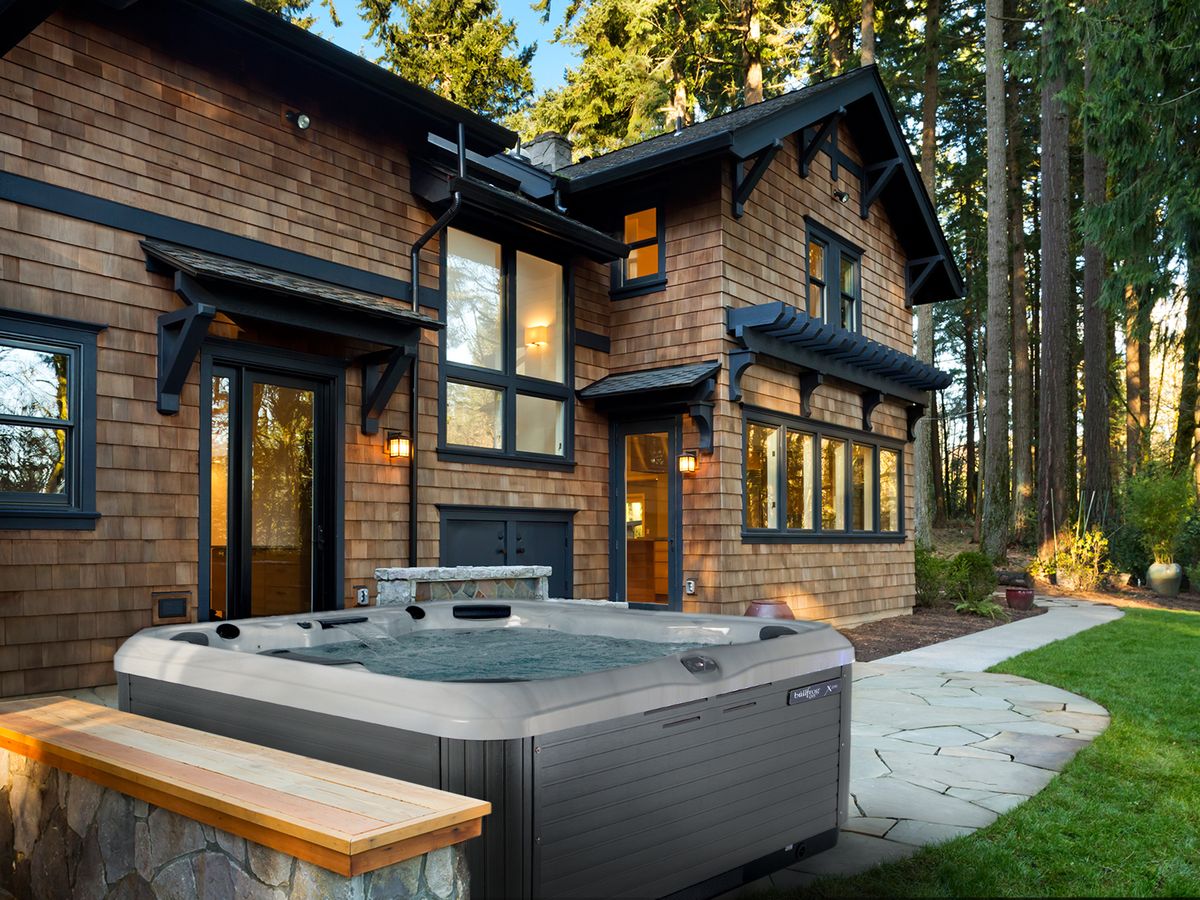

Pool & Spa Care
What Temperature To Keep A Hot Tub When Not In Use
Modified: January 6, 2024
Learn the ideal hot tub temperature for when it's not in use to save energy and maintain water quality. Discover expert pool and spa care tips.
(Many of the links in this article redirect to a specific reviewed product. Your purchase of these products through affiliate links helps to generate commission for Storables.com, at no extra cost. Learn more)
**
Introduction
**
Hey there, hot tub enthusiasts! If you're the proud owner of a luxurious hot tub, you're undoubtedly familiar with the sheer bliss of soaking in its warm, bubbling embrace. However, have you ever wondered about the ideal temperature to maintain when your hot tub is not in use? This often-overlooked aspect of hot tub care is crucial for preserving energy, ensuring water quality, and optimizing the overall hot tub experience. In this article, we'll dive into the nitty-gritty of hot tub temperature management, exploring the significance of maintaining the right temperature, the key factors to consider, the ideal temperature range when the hot tub is not in use, and some energy-saving tips to keep your hot tub in top-notch condition while also being mindful of your energy consumption. So, let's embark on this insightful journey to uncover the secrets of maintaining the perfect hot tub temperature when it's not in use!
Key Takeaways:
- Maintain your hot tub at 80°F to 100°F when not in use to preserve water quality, save energy, and ensure a consistent and enjoyable soaking experience.
- Consider factors like climate, insulation, and usage frequency when setting the temperature, and use energy-saving tips to minimize operational costs and environmental impact.
Importance of Maintaining Hot Tub Temperature
Ensuring that your hot tub maintains an appropriate temperature even when not in use is paramount for several reasons. Firstly, maintaining a consistent temperature helps preserve the water quality. Fluctuating temperatures can lead to the growth of bacteria and algae, compromising the cleanliness and safety of the water. By keeping the water at a consistent temperature, you can mitigate the risk of microbial infestation, ensuring that your hot tub remains a hygienic and inviting oasis.
Additionally, maintaining the right temperature when the hot tub is not in use contributes to energy efficiency. A well-insulated hot tub that is kept at a steady temperature requires less energy to heat up when it’s time for a soak. This not only reduces energy consumption but also prolongs the lifespan of the hot tub’s heating system, saving you money on potential repairs and replacements.
Furthermore, the comfort and convenience of having a hot tub ready for use at any time cannot be overstated. There’s nothing quite like spontaneously deciding to indulge in a relaxing soak, only to find the hot tub perfectly heated and waiting for you. By maintaining the ideal temperature, you can effortlessly enjoy the therapeutic benefits of your hot tub without the wait or hassle of heating it up from a lower temperature.
Lastly, keeping the hot tub at a consistent temperature even when not in use contributes to a more enjoyable and consistent user experience. Whether you use your hot tub daily or intermittently, knowing that it’s always at the optimal temperature ensures that every soak is a delightful and rejuvenating experience.
Factors to Consider
When determining the appropriate temperature to maintain in your hot tub when it’s not in use, several factors come into play. Understanding these factors is essential for making informed decisions that promote water quality, energy efficiency, and overall hot tub maintenance.
- Climate: The climate of your location significantly influences the ideal temperature for your hot tub when it’s not in use. In colder climates, maintaining a slightly higher temperature can prevent the water from freezing, while in warmer regions, a lower temperature may suffice to keep the water comfortably warm.
- Insulation: The level of insulation in and around your hot tub affects how well it retains heat. A well-insulated hot tub requires less energy to maintain the desired temperature, making it more cost-effective to keep the water warm when the hot tub is not in use.
- Usage Frequency: If you use your hot tub regularly, maintaining a consistent temperature close to the ideal soaking temperature can enhance convenience and energy efficiency. However, if you use the hot tub infrequently, you might consider lowering the temperature during periods of non-use to conserve energy.
- Manufacturer Recommendations: Refer to the manufacturer’s guidelines for your specific hot tub model. Manufacturers often provide recommendations for the ideal temperature range and energy-saving practices tailored to their products.
- Energy Costs: Consider the impact of maintaining the hot tub temperature on your energy bills. Finding a balance between comfort and cost-effectiveness is crucial, and adjustments can be made based on seasonal changes and personal preferences.
- Water Quality: Consistent temperature maintenance is essential for preserving water quality. Fluctuating temperatures can lead to bacterial growth and affect the efficacy of water treatment chemicals, potentially compromising the cleanliness and safety of the water.
By taking these factors into account, you can make informed decisions regarding the optimal temperature to maintain in your hot tub when it’s not in use, striking a balance between energy efficiency, water quality, and user convenience.
To save energy and keep your hot tub ready for use, set the temperature to around 80-85°F when not in use. This will prevent the water from cooling too much and reduce the energy consumption.
Ideal Temperature for a Hot Tub When Not in Use
So, what is the perfect temperature to keep your hot tub at when it’s not in use? The ideal temperature range for a hot tub during periods of non-use typically falls between 80°F (27°C) and 100°F (38°C), with the specific setting influenced by various factors such as climate, insulation, and personal preferences.
For hot tubs located in regions with colder climates, setting the temperature closer to the upper end of the range can prevent the water from freezing, safeguarding the plumbing and equipment from potential damage. On the other hand, in warmer climates, maintaining the temperature at the lower end of the spectrum can suffice to keep the water comfortably warm without excessive energy consumption.
It’s important to note that the ideal temperature for your hot tub when not in use may differ from the temperature you prefer for soaking. When the hot tub is not in use, setting the temperature slightly lower can help conserve energy while still ensuring that the water remains in a suitable condition for future use.
Furthermore, modern hot tubs often feature energy-saving modes or vacation settings, which allow you to lower the temperature during extended periods of non-use without completely shutting down the system. This feature is particularly useful when you plan to be away from home for an extended period, enabling you to minimize energy consumption while preserving the hot tub’s overall condition.
Ultimately, finding the ideal temperature for your hot tub when it’s not in use involves considering the environmental factors, energy efficiency, and the balance between conserving energy and maintaining water quality. By striking the right temperature balance, you can ensure that your hot tub is always ready for a relaxing soak while optimizing energy usage and cost-effectiveness.
Energy-Saving Tips
Maximizing energy efficiency in hot tub maintenance not only reduces operational costs but also minimizes environmental impact. Here are some practical energy-saving tips to help you optimize your hot tub’s energy consumption without compromising on comfort:
- Utilize Energy-Saving Modes: Many hot tub models offer energy-saving modes or vacation settings that automatically lower the temperature during periods of non-use. Take advantage of these features to reduce energy consumption when you’re not using the hot tub regularly.
- Invest in Quality Insulation: Ensure that your hot tub is well-insulated to minimize heat loss. Quality insulation helps the water retain its warmth, reducing the frequency of heating cycles and conserving energy in the process.
- Regular Maintenance: Keep your hot tub well-maintained to optimize its energy efficiency. This includes checking for and repairing any leaks, ensuring proper insulation integrity, and maintaining the heating system for optimal performance.
- Smart Heating Practices: Avoid frequently adjusting the temperature settings, as this can lead to increased energy consumption. Instead, find a comfortable yet energy-efficient temperature and maintain it consistently, making minor adjustments only when necessary.
- Use a Hot Tub Cover: Always keep your hot tub covered when it’s not in use. A high-quality cover helps retain heat, minimizes evaporation, and reduces the workload on the heating system, resulting in energy savings.
- Optimize Filtration Cycles: Adjust the filtration cycles to ensure efficient water circulation while minimizing energy usage. Proper filtration promotes water quality without unnecessary energy expenditure.
- Consider Off-Peak Heating: If your hot tub allows for it, take advantage of off-peak electricity rates to heat the water during times when energy costs are lower, thus reducing operational expenses.
By implementing these energy-saving practices, you can effectively manage your hot tub’s energy consumption, reduce operational costs, and contribute to a more sustainable and eco-friendly hot tub ownership experience. Remember, small adjustments in energy-saving habits can lead to significant long-term benefits for both your wallet and the environment!
Read more: What Should The Temperature Of A Hot Tub Be
Conclusion
Congratulations! You’ve now gained valuable insights into the significance of maintaining the optimal temperature for your hot tub when it’s not in use. By understanding the importance of consistent temperature maintenance, considering various factors that influence temperature settings, and learning about the ideal temperature range, you’re well-equipped to make informed decisions that promote water quality, energy efficiency, and user convenience.
Remember, maintaining the right temperature when the hot tub is not in use contributes to preserving water quality, optimizing energy usage, and ensuring a delightful and consistent user experience. Whether you reside in a chilly climate or a sun-drenched locale, finding the perfect balance in temperature settings is key to maximizing the benefits of your hot tub while minimizing operational costs.
Furthermore, by implementing energy-saving tips such as utilizing energy-efficient modes, investing in quality insulation, and practicing smart heating habits, you can take proactive steps to minimize energy consumption and reduce your environmental footprint without sacrificing the comfort and enjoyment of your hot tub.
So, as you embark on your hot tub temperature management journey, keep in mind the symbiotic relationship between water quality, energy efficiency, and user satisfaction. By maintaining the ideal temperature and adopting energy-saving practices, you can savor the soothing embrace of your hot tub while being mindful of both your budget and the planet.
Here’s to a harmonious blend of relaxation, energy conservation, and responsible hot tub ownership. Cheers to a perfectly balanced hot tub experience, both in and out of the water!
Frequently Asked Questions about What Temperature To Keep A Hot Tub When Not In Use
Was this page helpful?
At Storables.com, we guarantee accurate and reliable information. Our content, validated by Expert Board Contributors, is crafted following stringent Editorial Policies. We're committed to providing you with well-researched, expert-backed insights for all your informational needs.
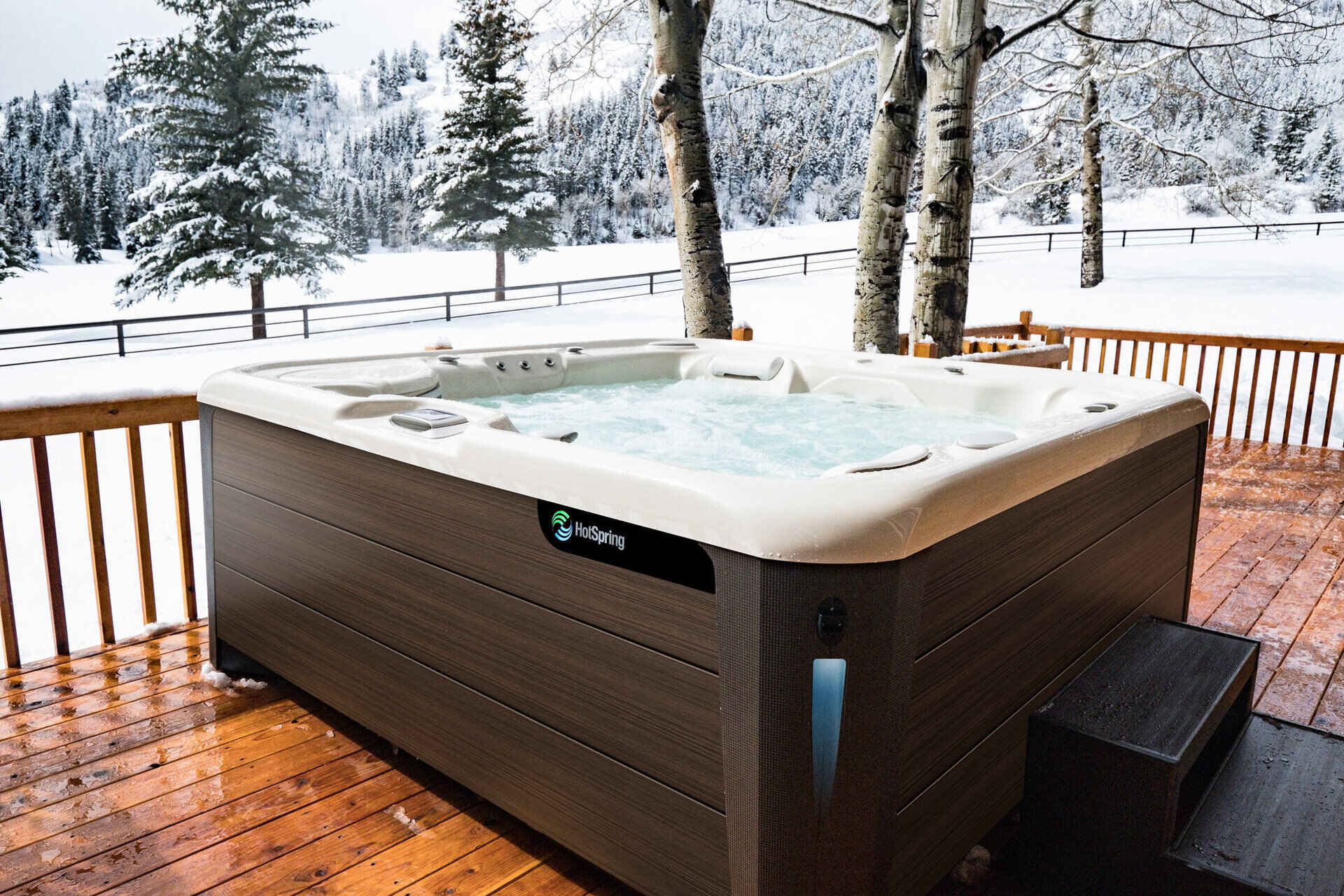
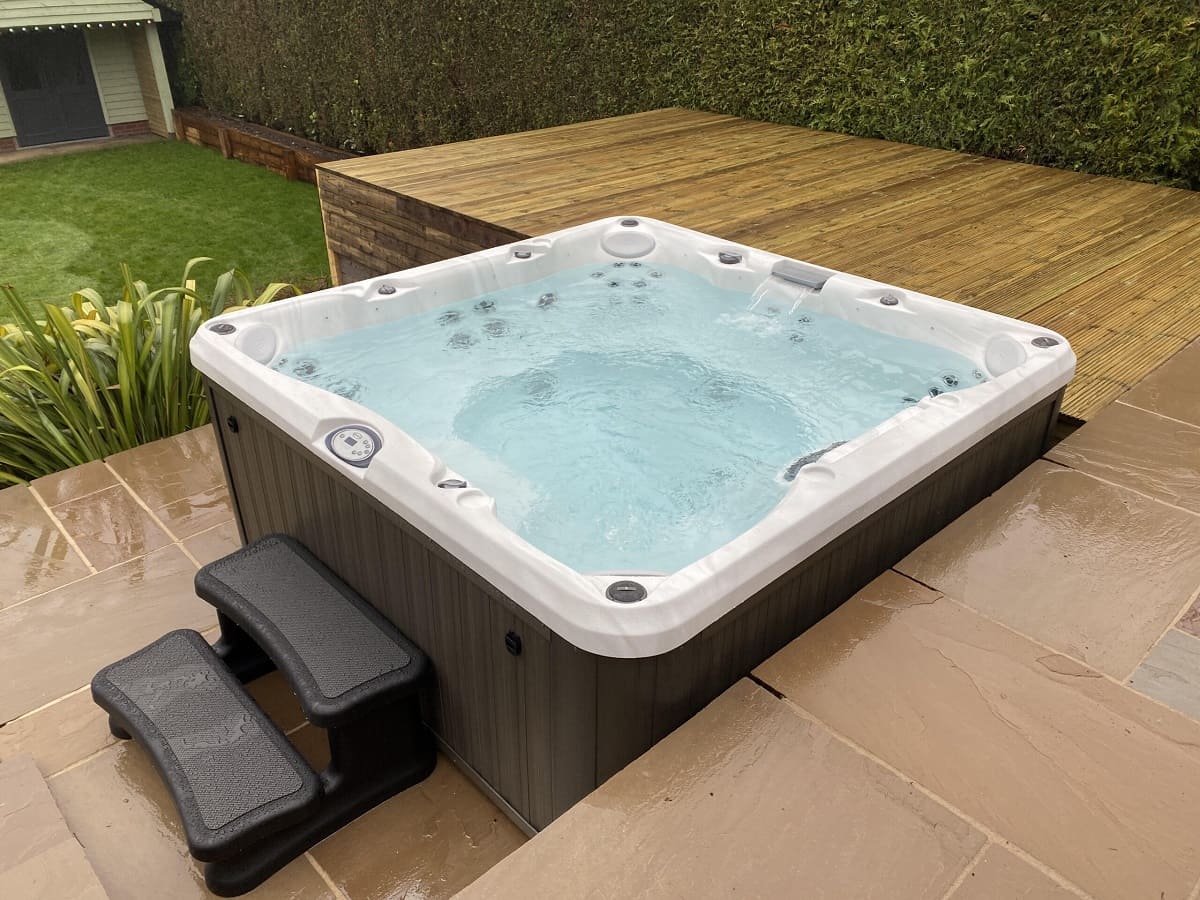
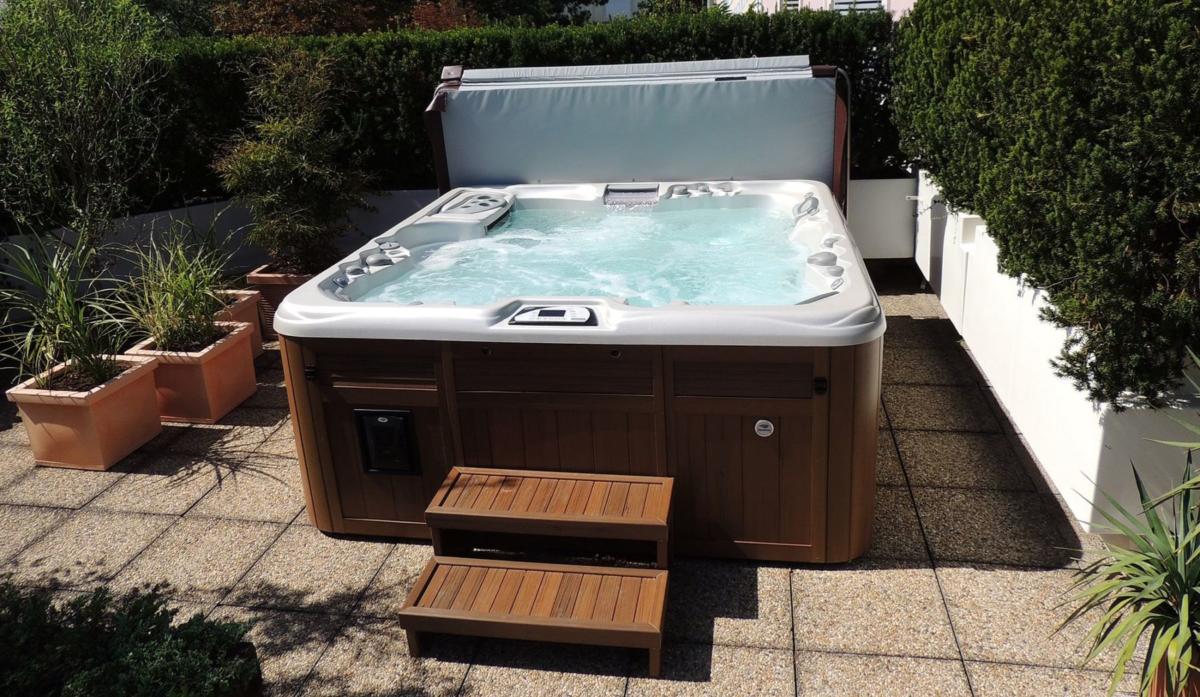
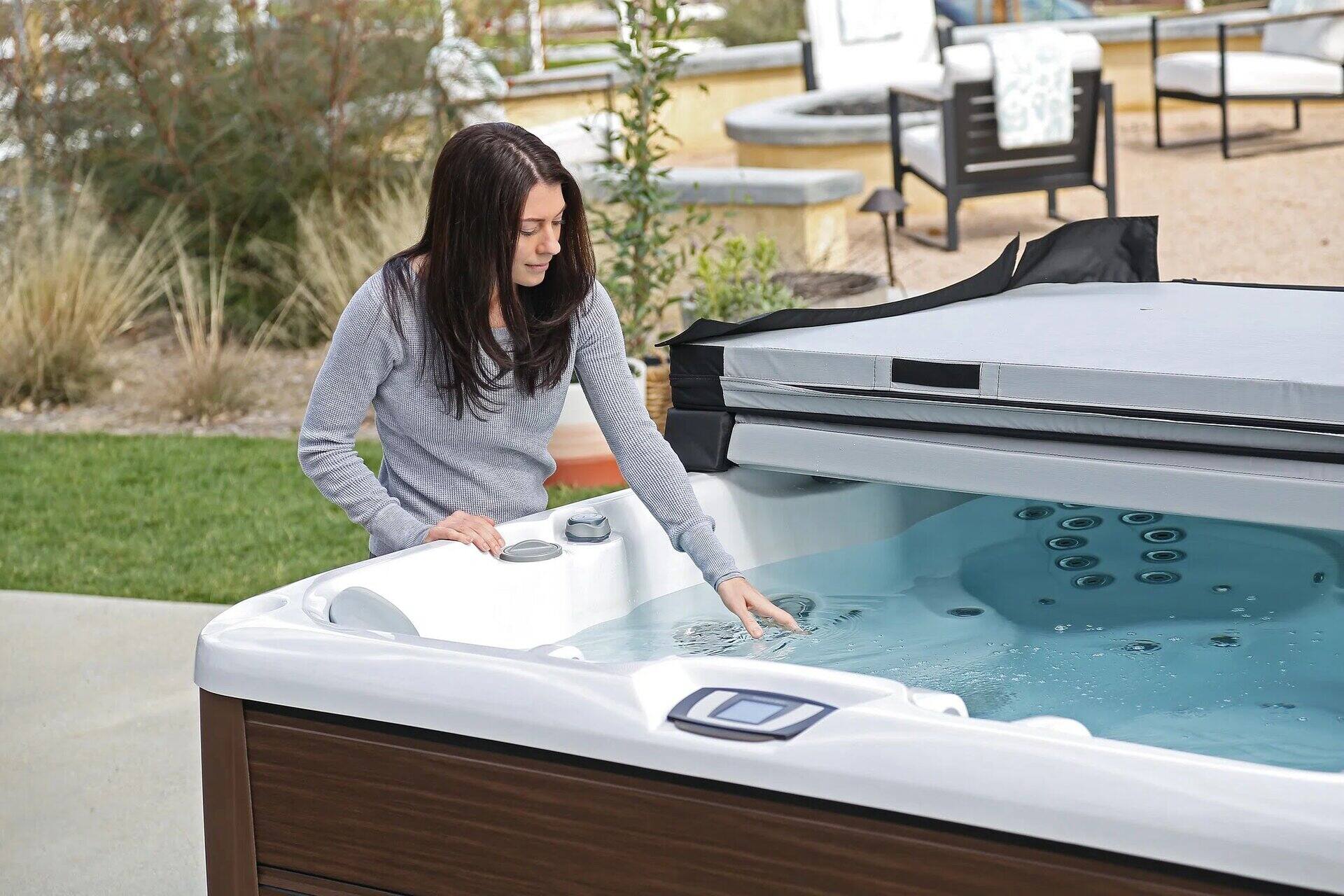
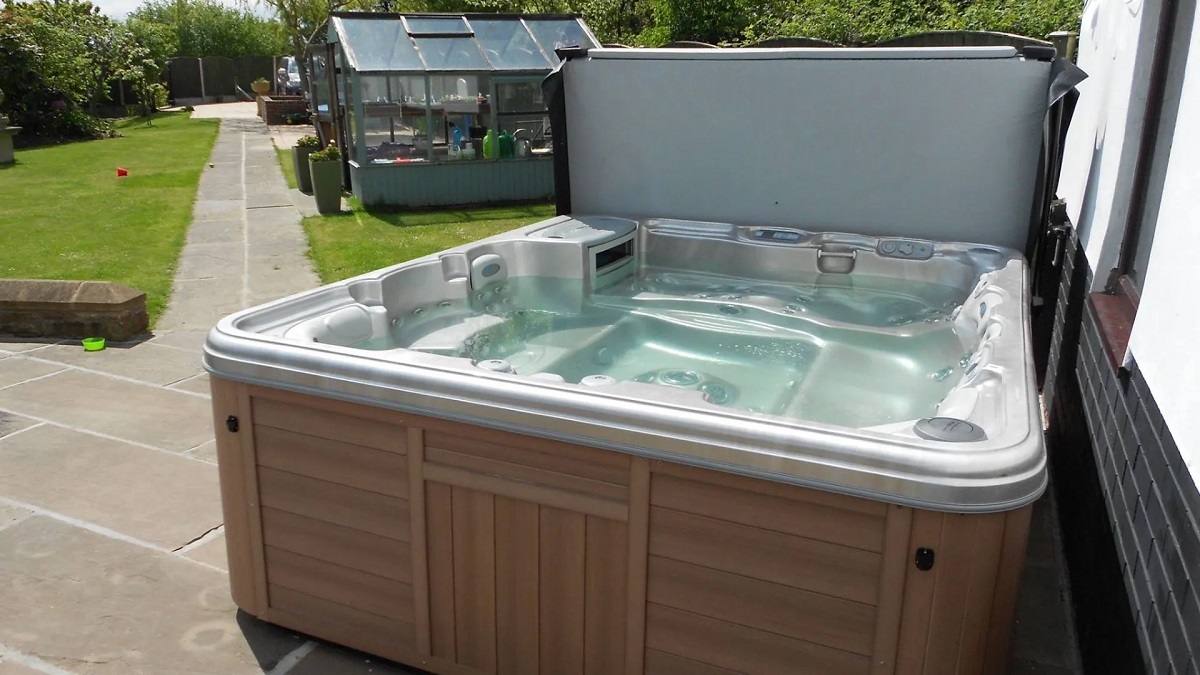
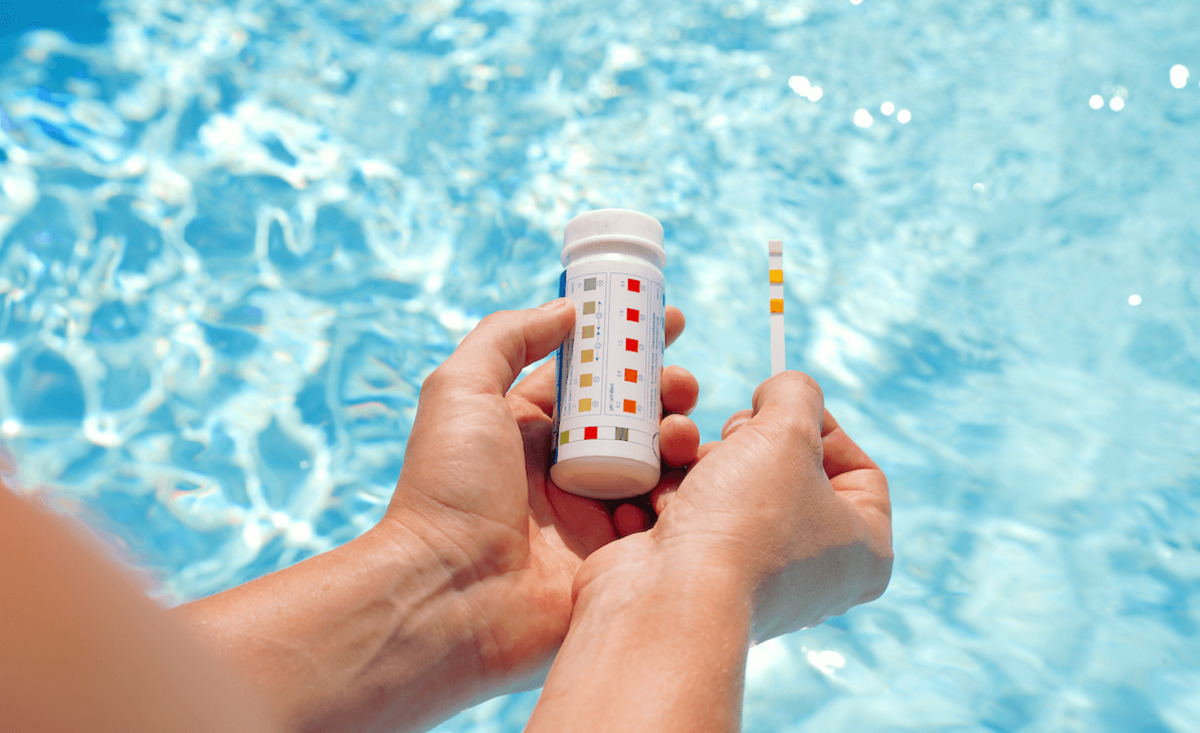
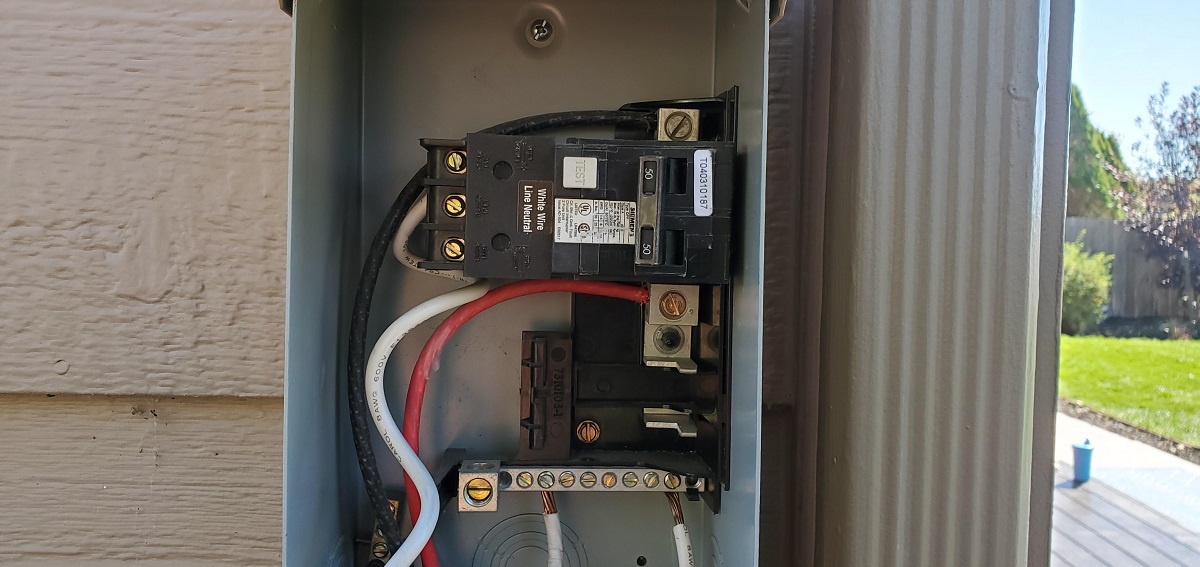
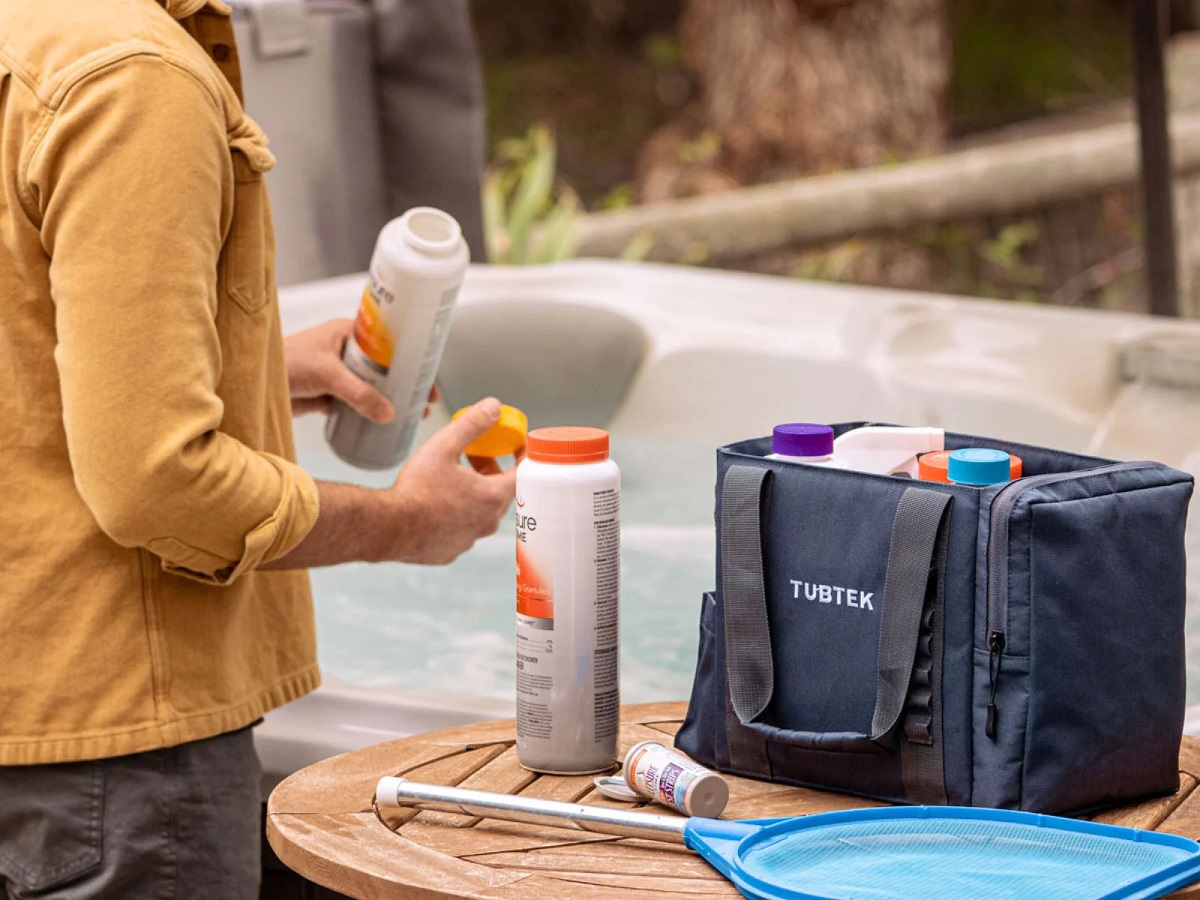
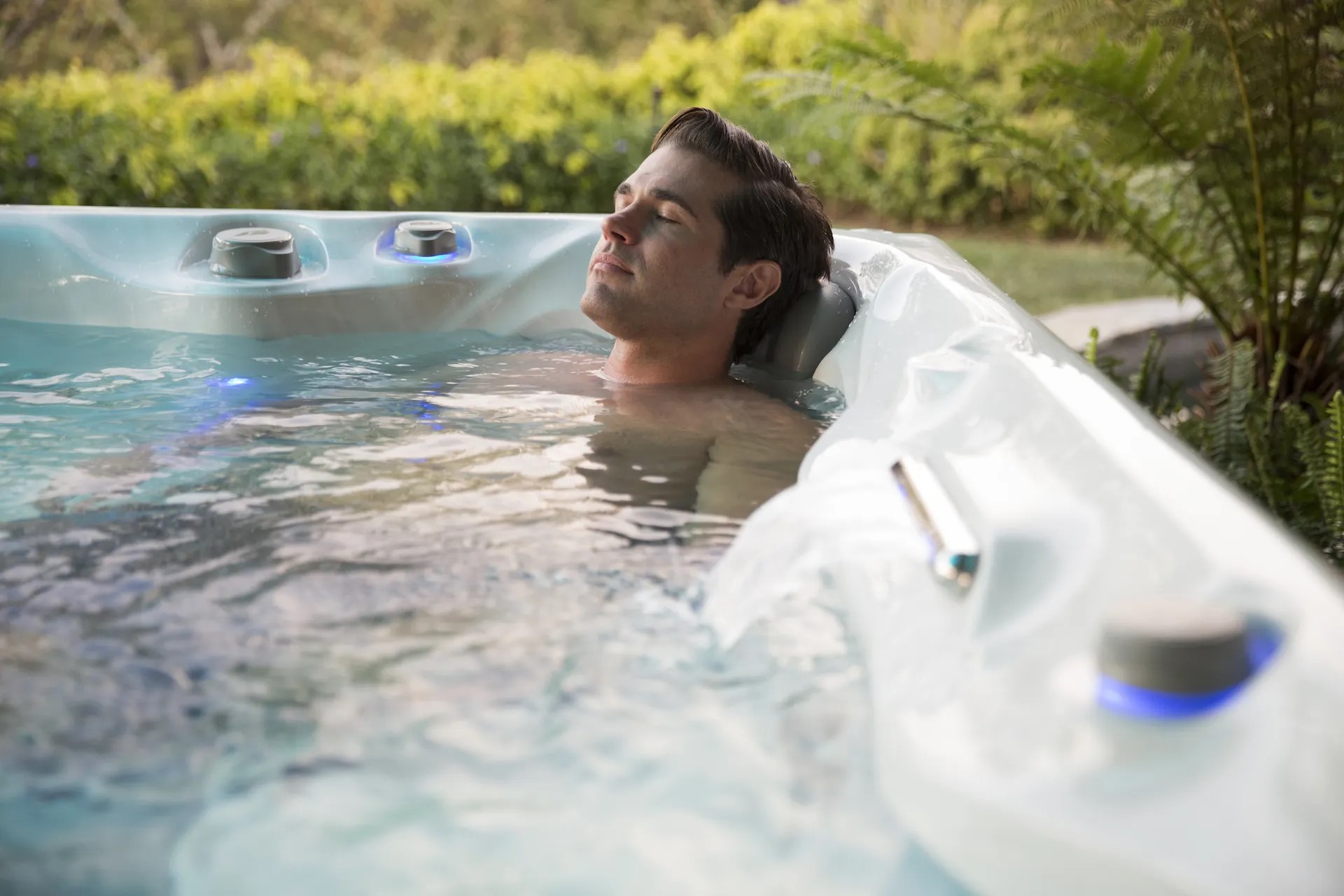
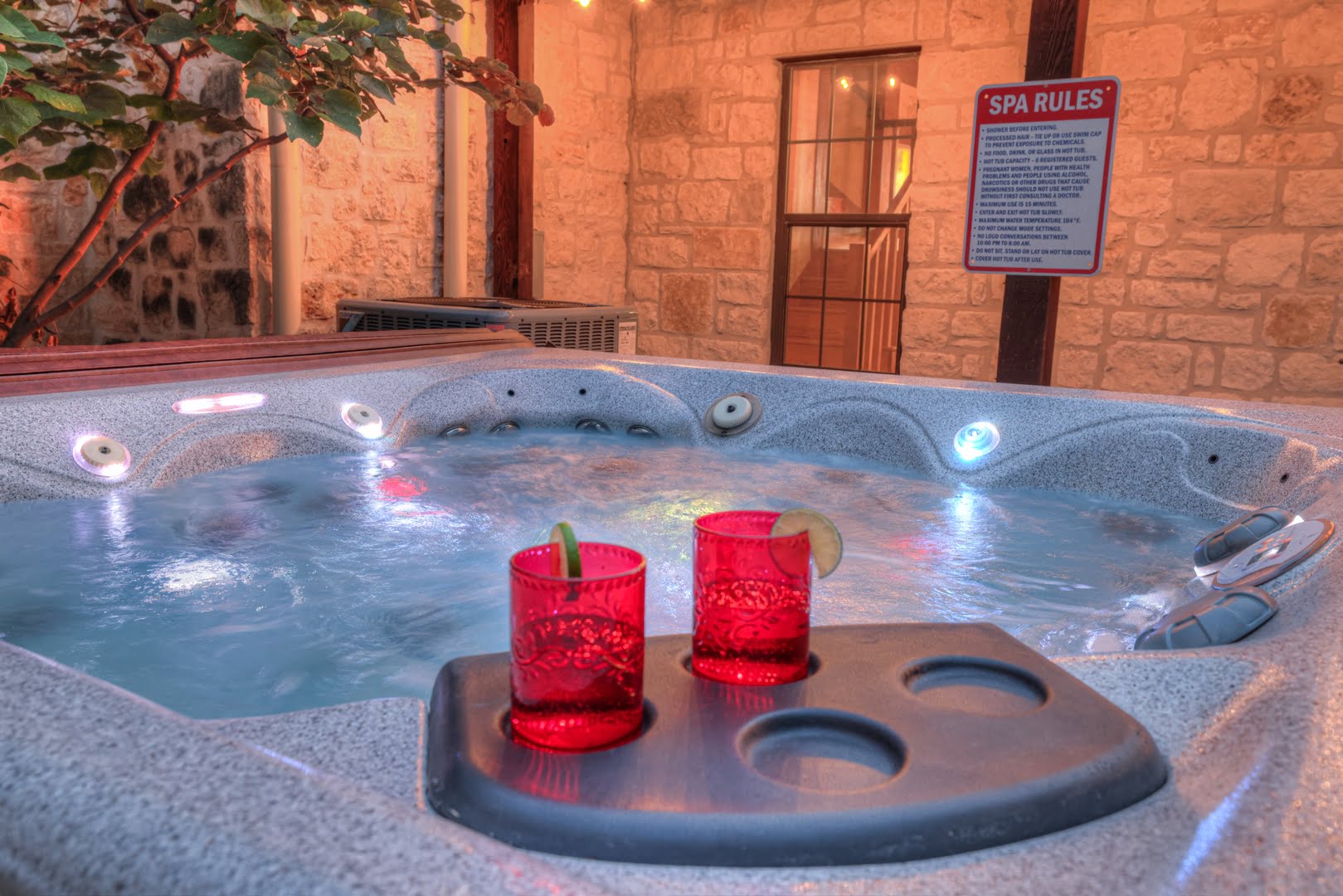
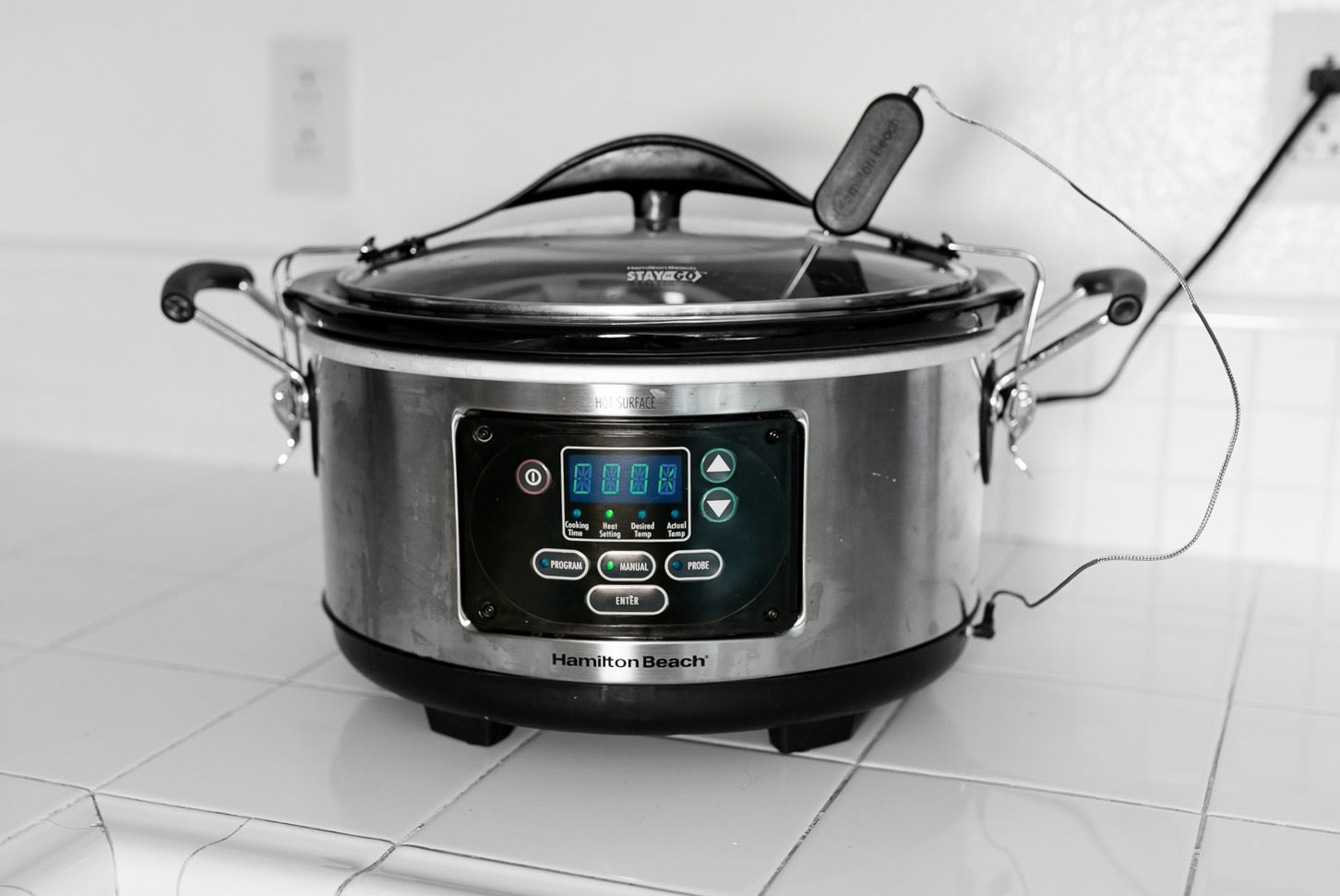
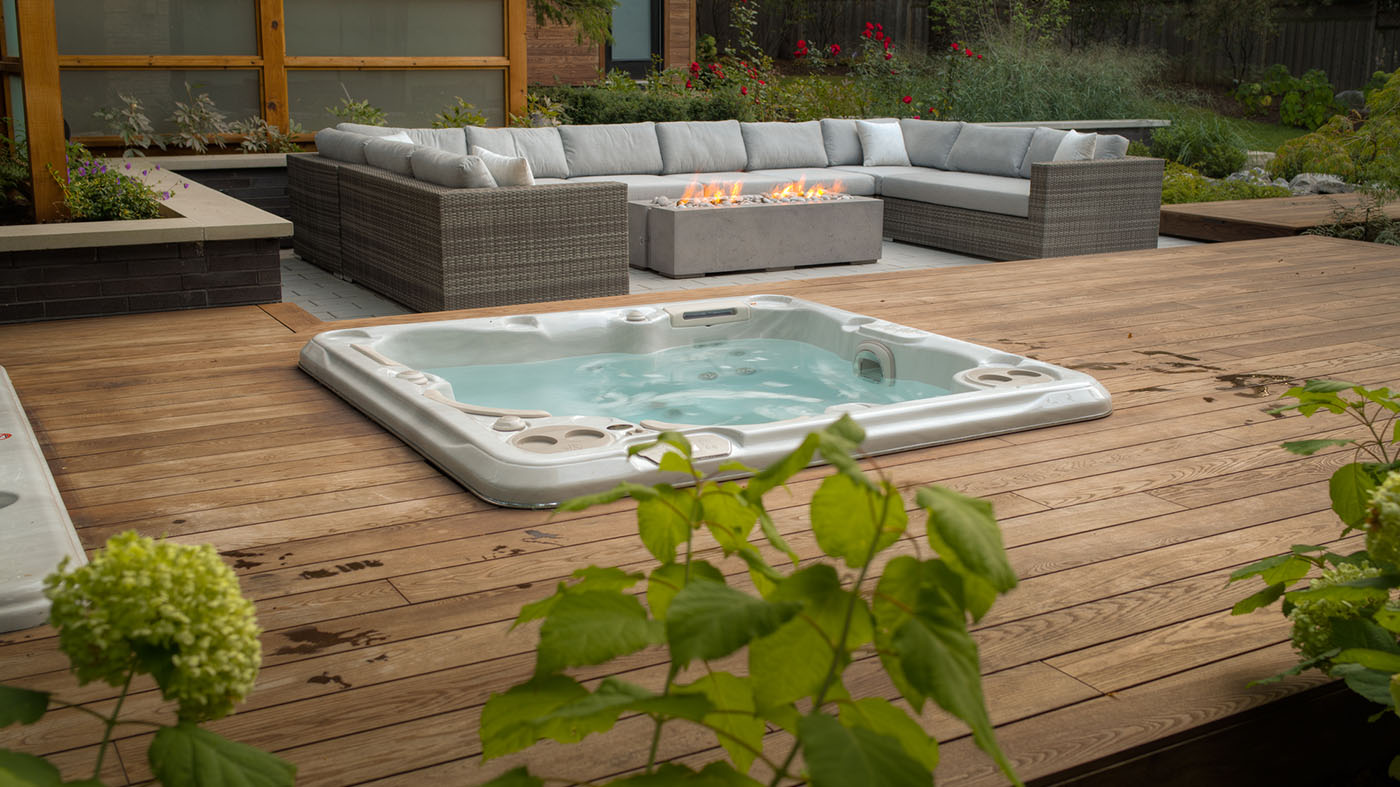
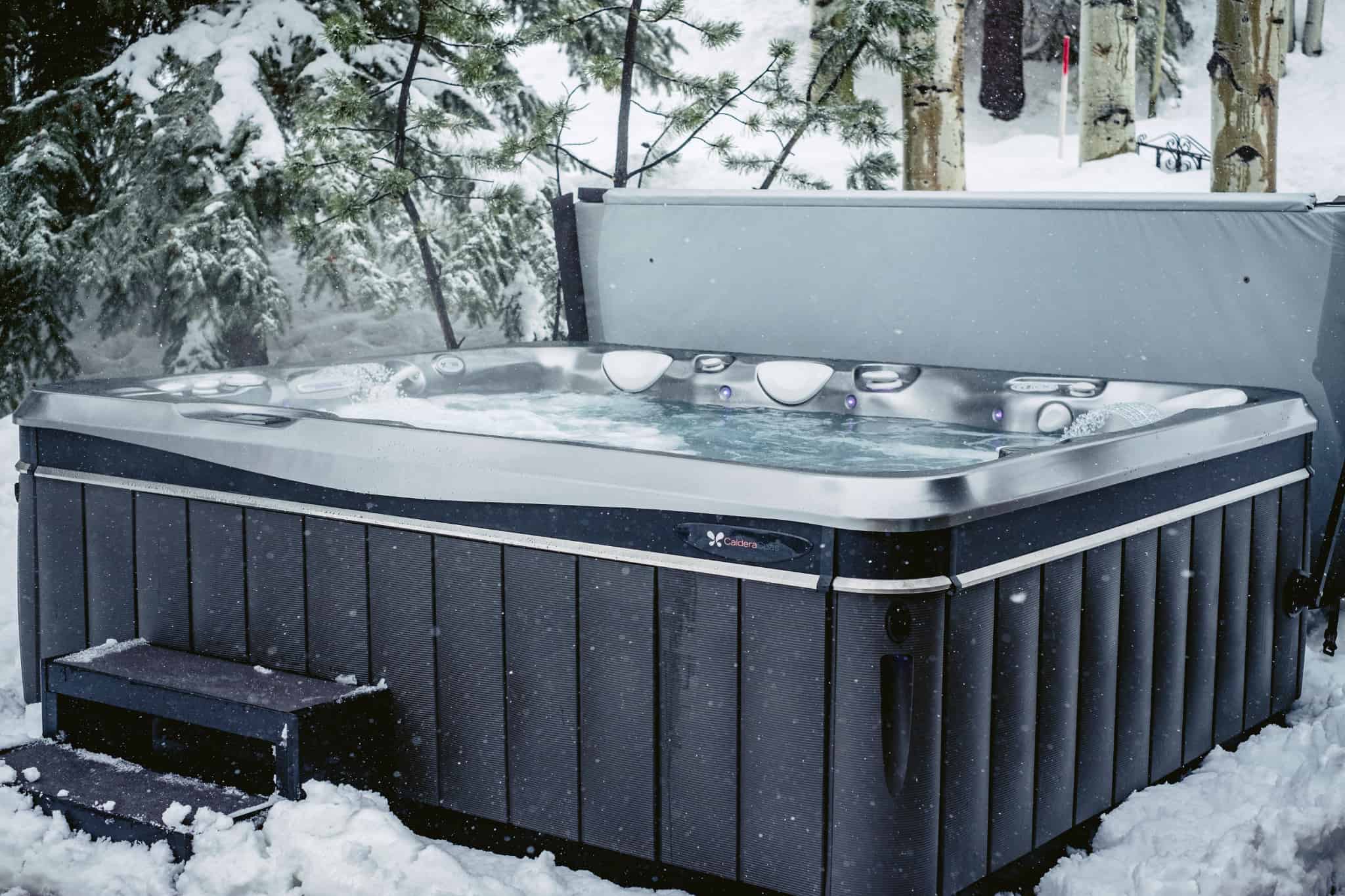
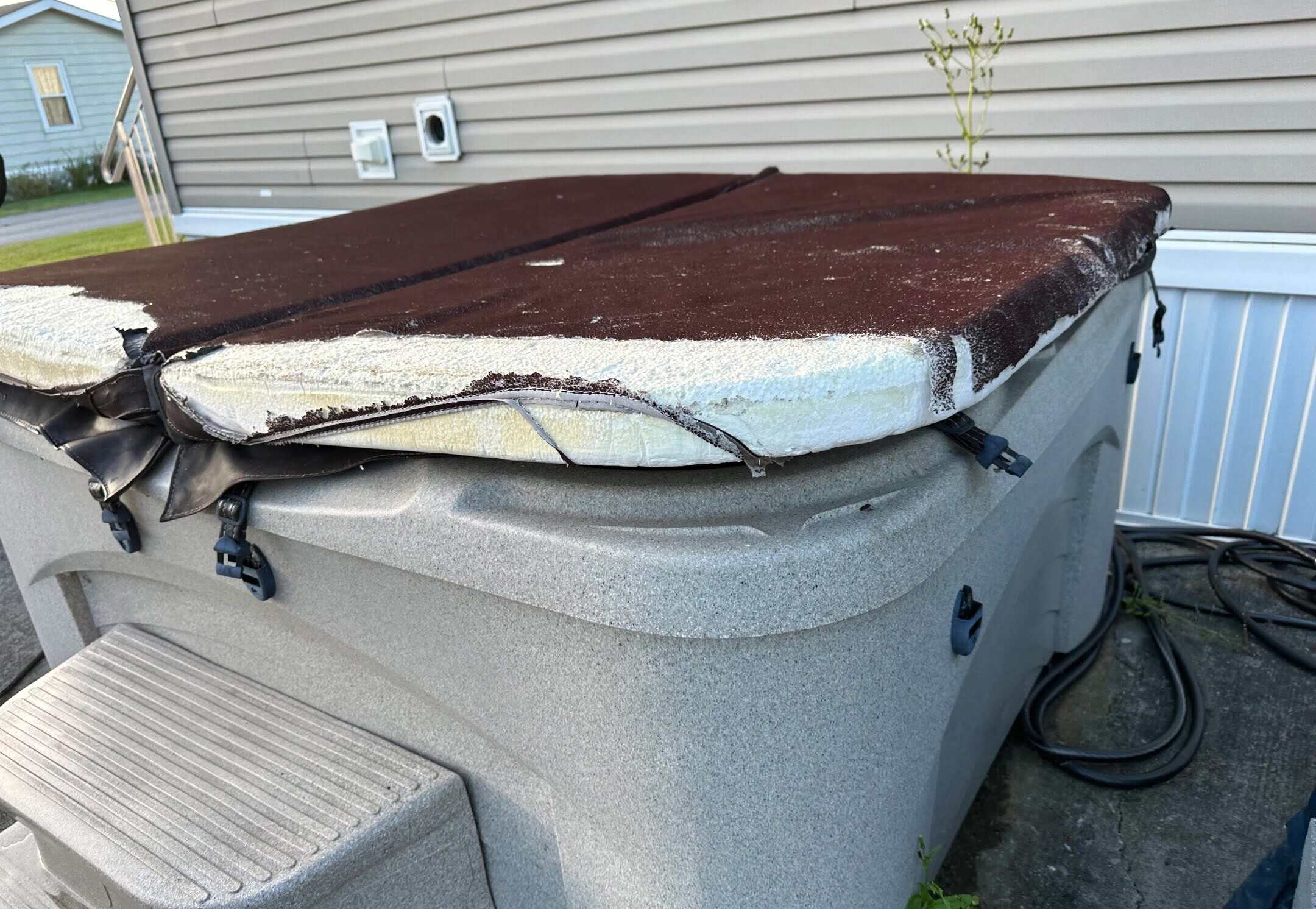

0 thoughts on “What Temperature To Keep A Hot Tub When Not In Use”